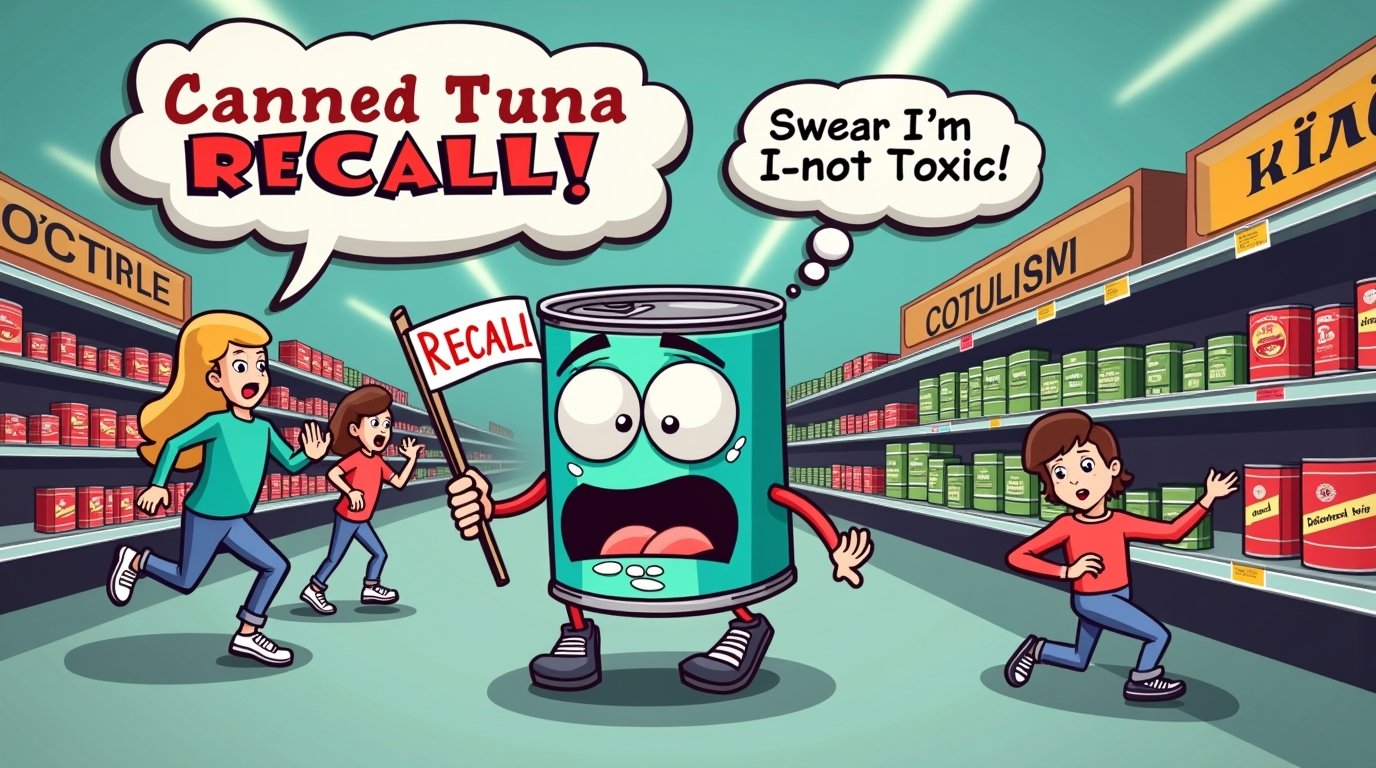SpaceX Starship Explosion Disrupts Florida Air Travel
The SpaceX Starship lifted off from Texas. The engines roared and fire streaked the sky. It climbed, reaching for the stars. Then, in the last stretch of its ascent, something failed. Contact was lost, and the great ship spun. And then—fire. A bright flash. Metal torn apart. Starship was gone.
This was the eighth test flight of the largest rocket ever built. The company hoped to prove it could go farther, and last longer. It did not. The Federal Aviation Administration (FAA) halted flights in Florida’s busiest airports. Planes sat on runways. Travelers waited. The sky had become dangerous. Falling debris forced delays in Miami, Fort Lauderdale, Palm Beach, and Orlando.
Debris Falls, Questions Rise
No one knows yet where all the wreckage landed. Some say it fell over the Caribbean. Some saw fireballs break apart over Florida. Seven weeks ago, the same thing happened. Then, debris struck a car in the Turks and Caicos. This time, authorities are still searching for the pieces.
Elon Musk’s engineers had made changes. They had removed heat shields, adjusted fuel lines, and strengthened computers. It was not enough. Several engines failed near the end of the ascent burn. The ship lost control. When enough engines go out, the ship cannot fly straight. The result is what happened today.
“We had many safety measures in place,” said Dan Huot, a SpaceX communications manager. “The public was never in danger.” But the FAA is not so sure. They have opened an investigation. A mishap, they call it. SpaceX must find what went wrong and prove it will not happen again.
The Risks of Rapid Development
SpaceX believes in failing fast, learning faster. They launch, they break, they fix, they try again. This is their way. But now, Starship is not just a test rocket. It flies over people, over nations. The FAA approved this launch before the last investigation was done. Was that a mistake?
The Turks and Caicos government is asking questions. So are the people finding debris on their beaches. SpaceX has a hotline for wreckage reports. They say the debris is not toxic. They say the ocean is safe. But who will clean it? Who will pay? No answer yet.
The booster, at least, made it home. It landed back in Texas, caught by great steel arms. The top half of the rocket did not. Somewhere, its remains float in the sea or rest in the sand. SpaceX will try again. But for now, the sky is quiet, and the questions remain.
Also Read: NASA Astronauts to Return After Nine Months in Space




